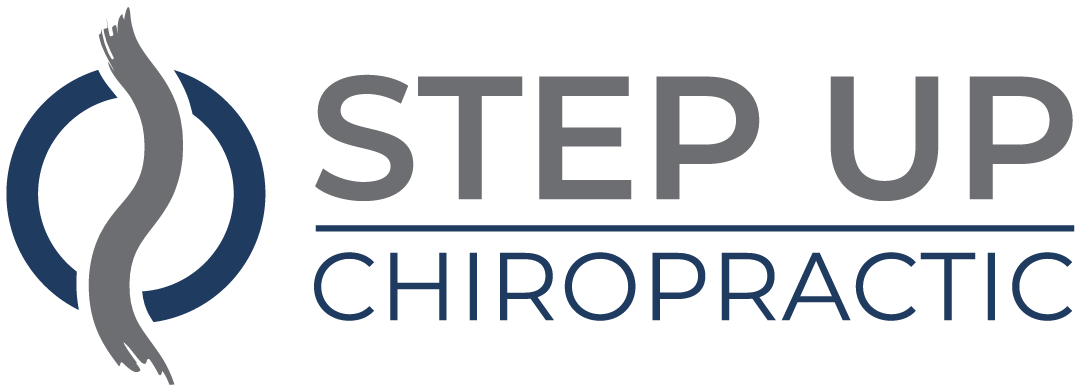When it comes to managing back pain, you might find yourself weighing the benefits of chiropractic adjustments against traditional solutions like medications and physical therapy. Each approach has its advocates and distinct advantages, but the choice often hinges on your personal health goals and preferences. While chiropractic care can promote long-term wellness through spinal alignment, traditional methods might provide quicker relief without addressing the root cause. So, what factors should you consider to determine which path is right for you? The answer might surprise you.
Overview of Chiropractic Adjustments
Chiropractic adjustments play a crucial role in managing back pain and improving overall spinal health. You might be surprised to learn that these adjustments involve a hands-on approach to realigning your spine and joints. When a chiropractor applies controlled force to specific areas, they help restore proper movement function, reduce nerve irritation, and enhance your body's natural healing processes.
During your visit, the chiropractor will first assess your condition through a physical examination and may ask about your medical history. Based on their findings, they'll develop a tailored treatment plan focusing on your unique needs. You can expect techniques like spinal manipulation, mobilization, and other therapeutic approaches designed to alleviate pain and improve mobility.
Chiropractic adjustments aren't just about immediate relief; they also address the underlying causes of your discomfort. By correcting misalignments, you can experience improved posture, increased flexibility, and better overall function. You may also find that regular adjustments contribute to your long-term health by preventing future issues.
Many people report feeling a sense of well-being and reduced tension after receiving chiropractic care. It's important to communicate openly with your chiropractor about your symptoms and progress to guarantee the treatment is effective.
Traditional Back Pain Treatments
When dealing with back pain, many people turn to traditional treatments that often include medications, physical therapy, and lifestyle changes.
Medications can range from over-the-counter pain relievers like ibuprofen or acetaminophen to prescription drugs for more severe discomfort. These can help reduce inflammation and alleviate pain, allowing you to manage your day-to-day activities more comfortably.
Physical therapy plays an important role in traditional back pain treatment too. A physical therapist will assess your condition and create a tailored exercise program designed to strengthen your back and improve flexibility.
They may also use modalities like heat, ice, or ultrasound to relieve pain and promote healing. Engaging in these exercises not only helps with recovery but also aids in preventing future injuries.
Lifestyle changes are vital for managing back pain effectively. This might mean adjusting your posture while sitting or standing, incorporating regular physical activity into your routine, and maintaining a healthy weight.
If you smoke, quitting can also greatly improve your overall spinal health.
Moreover, alternative methods such as acupuncture or massage therapy can complement these traditional approaches. These techniques may provide additional relief and help you feel more at ease.
Effectiveness Comparison
Comparing the effectiveness of chiropractic adjustments to traditional back pain treatments reveals distinct approaches to relief. Chiropractic care often focuses on spinal alignment, aiming to restore proper function and alleviate pain through manual adjustments. Many patients report significant improvements in pain levels and mobility after a series of chiropractic sessions. Studies suggest that chiropractic adjustments can be particularly effective for acute lower back pain and may reduce the need for pain medication.
On the other hand, traditional treatments, such as physical therapy, medication, and sometimes surgery, take a more generalized approach. Medications can provide immediate pain relief, but they often come with side effects and don't address the underlying issues causing the pain.
Physical therapy focuses on strengthening muscles and improving flexibility, which can lead to long-term relief, but it may take longer to see results compared to chiropractic care.
When evaluating effectiveness, it's crucial to take into account individual preferences and specific conditions. Some people find lasting relief with chiropractic adjustments, while others might benefit more from the structured approach of traditional treatments. The choice often depends on the severity of your pain, your overall health, and how your body responds to each method.
Ultimately, it's important to consult with a healthcare professional to determine the best course of action for your specific situation. By weighing the benefits and drawbacks of each treatment option, you can make an informed decision that aligns with your health goals.
Safety and Side Effects
In considering treatment options for back pain, it's essential to evaluate the safety and potential side effects of each approach. Chiropractic adjustments are generally regarded as safe when performed by a qualified chiropractor. Most patients experience mild side effects, such as temporary soreness or stiffness following an adjustment. These effects usually resolve within a day or two.
However, there's a small risk of more severe complications, such as nerve damage or herniated discs, although these occurrences are rare.
On the flip side, traditional back pain treatments, like medications and injections, come with their own set of risks. Nonsteroidal anti-inflammatory drugs (NSAIDs) can lead to gastrointestinal issues, kidney problems, and increased risk of heart attack or stroke if used long-term. Opioids, while effective for pain relief, carry a high risk of addiction and can result in withdrawal symptoms when you stop taking them.
Physical therapy is often considered a safer alternative, but it can still lead to injury if exercises aren't performed properly.
Long-term Health Implications
Over time, the long-term health implications of choosing chiropractic adjustments versus traditional back pain treatments can considerably impact your overall well-being. If you opt for chiropractic care, you're likely to experience a holistic approach that focuses on aligning your spine and improving your body's function. Regular adjustments may lead to better mobility, reduced pain, and even enhanced immune function. Many people report feeling more energized and resilient, which can translate into a healthier lifestyle.
On the other hand, traditional treatments like pain medication or invasive procedures can carry risks that affect your long-term health. While they may provide immediate relief, they often mask the underlying issues rather than addressing them. Prolonged use of medications can lead to dependency and other complications, including gastrointestinal problems or increased risk of cardiovascular events. You might find yourself caught in a cycle of temporary fixes without achieving lasting results.
Additionally, chiropractic care often encourages healthier lifestyle choices, such as exercise and nutrition, which can contribute to overall wellness. By committing to regular adjustments, you may not only alleviate back pain but also promote better posture and spinal health.
Ultimately, the decision you make could shape your long-term quality of life. Consider your options carefully and think about how each choice aligns with your personal health goals. The implications of your decision can resonate throughout your life, affecting not just your back pain, but your overall health and healthfulness.
Conclusion
In choosing between chiropractic adjustments and traditional back pain solutions, it's important to evaluate your unique needs and goals. Chiropractic care can improve spinal alignment and long-term wellness, while traditional treatments may offer quick relief. Ultimately, the best approach combines both methods, addressing immediate pain and supporting lasting health. Listen to your body, consult with healthcare professionals, and find the right balance that works for you in your journey to a pain-free life.




